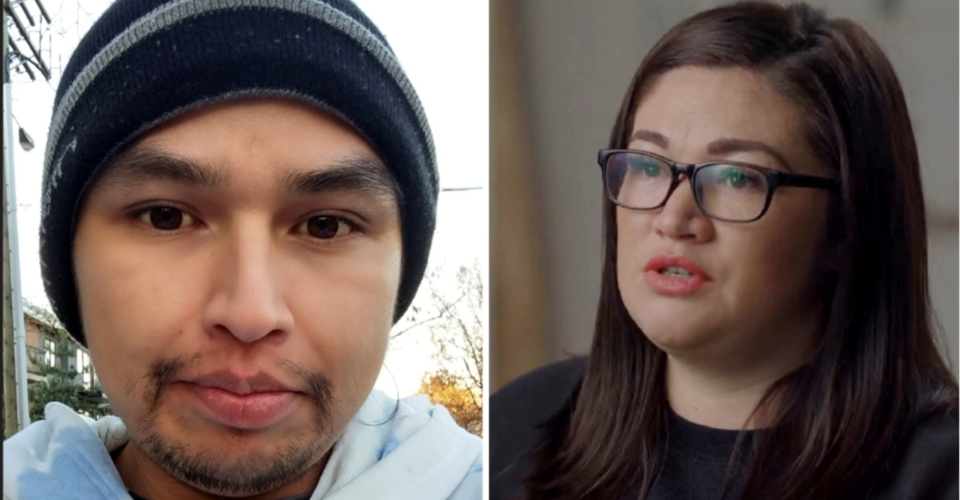First Nations Health Authority in British Columbia has launched a second series of videos that seek to educate, inspire, and encourage individuals and communities to revisit approaches to health services for substance users.
In Connecting to Culture, the three-part series, FNHA describes the incorporation of Indigenous cultural connection an essential tool in harm reduction.
Families, hospitals, and schools can use the video series to understand “it’s not a drug problem. It’s a trauma problem. And it’s a cultural erosion problem,” said Indigenous harm reduction consultant Mel Bazil (Gitxsan, Wet’suwet’en).
Three videos filmed by Asia Youngman (Cree/Métis) weaves Indigenous perspectives from youth, peers, people with lived experience of substance use, and Elders.
In the introduction video, T’lakwel, Marnie Scow, (Heiltsuk, Kwakuitl) speaks of healing and “moving forward” by engaging in culture, and building the relationship with self. She gestures to her heart, explaining that everybody should have access to traditional, land-based healing, smudging, prayer and drumming.
When people are pushed to the margins without bare essentials and isolated from culture, “we can fall downhill and it’s hard to get back up,” said Scow.
Decolonizing harm reduction, or Indigenizing approaches, focuses on re-connecting people to culture and “rebuilding relationships with the interconnected spiritual, human and natural worlds,” FNHA explains on its website.
When we think of communities strengthening themselves with culture, we might think of canoe journeys, and reconnecting to significant places on the land. Cultural connection can also look like drum circles on the corner of Main and Hastings in Vancouver’s Downtown Eastside, said Scow. Or it could be a peer support worker walking down alleys offering smudging to people.
“Smudging to alleviate stress and help them feel connected” to themselves and the earth, said Bazil.
Kali-olt Sedgemore (‘Namgis, Kwakwaka’wakw) grew up observing their people's generosity of spirit and caring.
“Namgis people are really giving people. We give all we can.”
When they recognized the reality of B.C.'s overdose crisis while living in Vancouver, it became obvious that there was a need for more support workers and volunteers.
Sedgemore works as a peer supervisor at overdose prevention sites. It’s important to understand that some people in crisis are excluded from accessing culture because they’re not sober. This exclusion is causing more harm.
“Not allowing someone in because they’re high or drinking is taking away their identity, taking away everything about them,” Sedgemore said. ”Colonization brought separation from traditional medicines, separation from old ways.”
In the second video, Scow explains that substance use is a coping mechanism.
“It’s really disheartening to see people still thinking there’s one way to live and that’s sober,” Sedgemore said.
But there’s a lot of shame and blame built into the fear of losing loved ones to substance abuse or a poisoned supply of drugs.
“Just love and support and be there. Listen, listen, listen,” said FNHA engagement coordinator Millie Price (Da'naxda'xw, We-Wai-Kai). She suggests community services can offer smudges, cedar brushing or ask if they can help connect people with their Elders or friends.
The key thing is to ask if that’s what a person needs and wants, and to respect their individual choice and vulnerabilities, “because we have no idea what traumas live below.”
Scow suggests connecting people over something other than their substance use. It can be as simple and essential as “asking them what they need to stay safe.”
Each time you make that connection, it grows a little stronger.
“I remember how much it meant to me, having an outreach worker who believed in me, and was there for me,” said Scow.
“My end goal is to keep people safe, and alive.”



